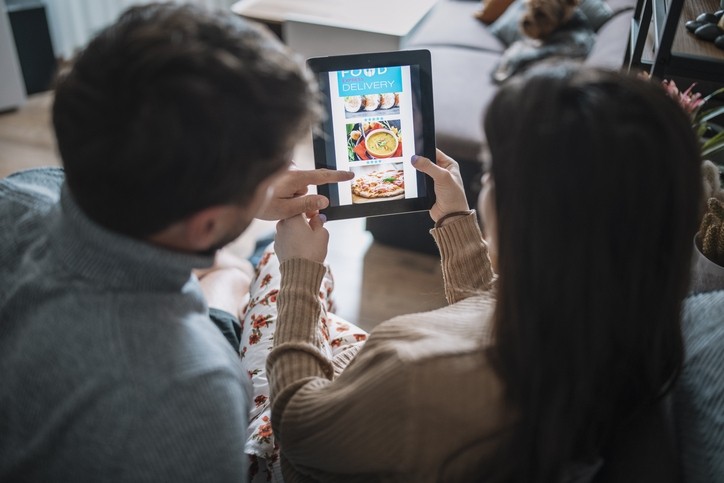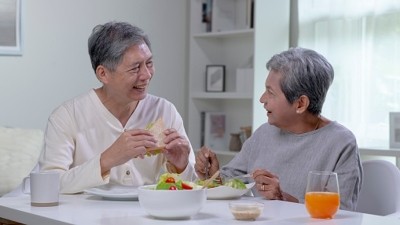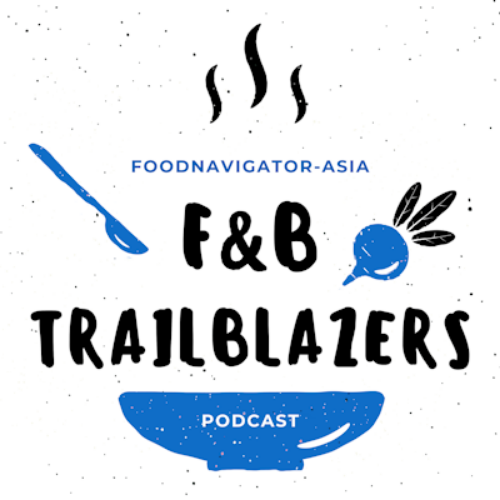Promoting a healthy diet in Japan: Why one size doesn’t fit all for media strategies

Researchers conducted a cross-sectional study based on data from a web-based questionnaire survey.
They identified various web-based and offline media sources regularly used by Japanese adults when seeking nutrition information and found that the variables associated with media consumption varied widely.
For example, people with higher education were more likely to refer to government websites, newspapers and websites of medical manufacturers, but less likely to use television and video sites; and those with better diet quality tended to refer to newspapers, books and magazines.
“A lack of positive associations between the use of the top two major sources (television and web searches) and food literacy or diet quality is highlighted. These findings provide useful insights into the potential for developing and disseminating evidence-based health promotion materials,” wrote the researchers in JMIR Public Health and Surveillance.
While there is growing demand for dietary and nutrition information, there are concerns that much of it online may not be accurate.
This poses a challenge to nutrition and health professionals as the impact of their campaigns could be affected or lost on the less discerning target audience.
As all previous studies on nutrition information-seeking behaviours were conducted in Western countries, the researchers wanted to examine such behaviour among Japanese adults in relation to healthy eating and its potential consequences. The objective was to use the findings as a reference when formulating future public health strategies aimed at improving health.
In February and March 2023, 5,998 Japanese adults aged 20 to 79 years participated in a web-based questionnaire survey. The aim was to identify the media platforms that were trusted sources of nutrition information among the public, and the characteristics associated with those who tended to use certain platforms.
These characteristics were also considered in the study: Health literacy (the ability to access, understand, and use information to promote and maintain health), food literacy (the ability to plan, manage, select, prepare and eat food to meet needs and determine intake) and diet quality (as measured by the Healthy Eating Index 2020, which assesses compliance with the 2020 to 2025 Dietary Guidelines for Americans).
Participants with higher health literacy tended to use these top six information platforms to obtain nutrition information: Television (32.89%), web searches (22.22%), government websites and websites of medical manufacturers (16.62%), newspapers (15.02%), books and magazines (11.62%), and video sites such as YouTube (10.57%).
Individuals with higher food literacy tended to rely less on the television for nutrition information, but looked to government websites, websites of medical manufacturers, books and magazines, and video sites as trusted sources.
Those who adhered to a higher quality diet relied on newspapers, books and magazines for nutrition information.
The researchers also noted some sociodemographic indicators: Females tended to rely on television, books and magazines. Males were more likely to refer to government websites, websites of medical manufacturers, newspapers, and video sites. Older people were more likely to read newspapers for nutrition information, whereas younger people were more attracted to government websites, websites of medical manufacturers and video sites. People with higher levels of education were more likely to use government websites, websites of medical manufacturers and newspapers, but less likely to rely on television and video sites.
Compared with the general public, dietitians and registered dietitians were more likely to use government websites, books and magazines, and websites of medical manufactures, but less likely to use television and video sites.
In short, the study demonstrates that a wide variety of sources are regularly used for seeking dietary and nutrition information in Japan. However, it was clear that each source was preferred by users with distinct characteristics.
“On the basis of these differences in potential users, we speculated that each media source should have suitable topics and optimal information dissemination strategies,” said the researchers.
For example, the researchers suggested using the television, an entertainment-oriented medium, for constantly disseminating easy-to-understand messages that can start health-related conversations with family and friends. The television may also be particularly useful for those who multitask as frequent television users, health managers and family caregivers.
However, the researchers also said that the public should be educated about the kind of misinformation that’s prevalent especially in the digital space. This will help them to be more discerning about their sources of information, which will have some impact on the success of campaigns by health and nutrition professionals.
Source: JMIR Public Health and Surveillance
DOI: 10.2196/54805
“Prevalence and Correlates of Dietary and Nutrition Information Seeking Through Various Web-Based and Offline Media Sources Among Japanese Adults: Web-Based Cross-Sectional Study”
Authors: Kentaro Murakami, Nana Shinozaki et al.















